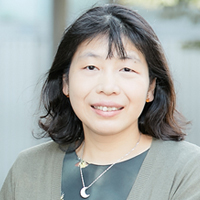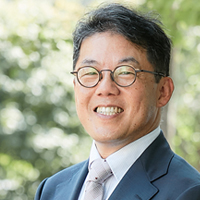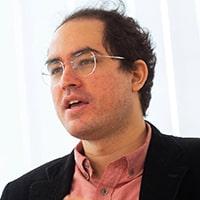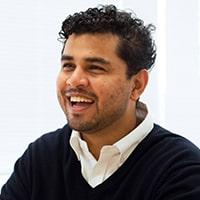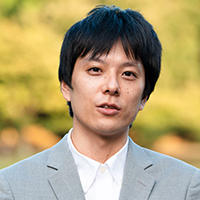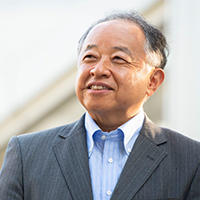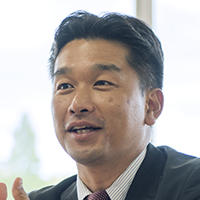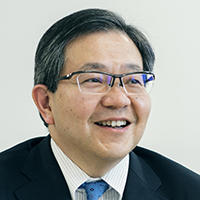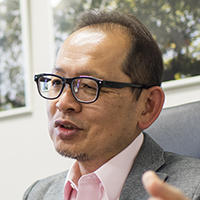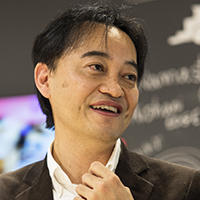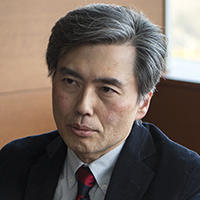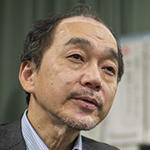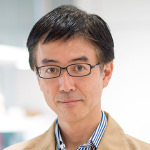SDM Voice | Prof. Hidekazu NISHIMURA
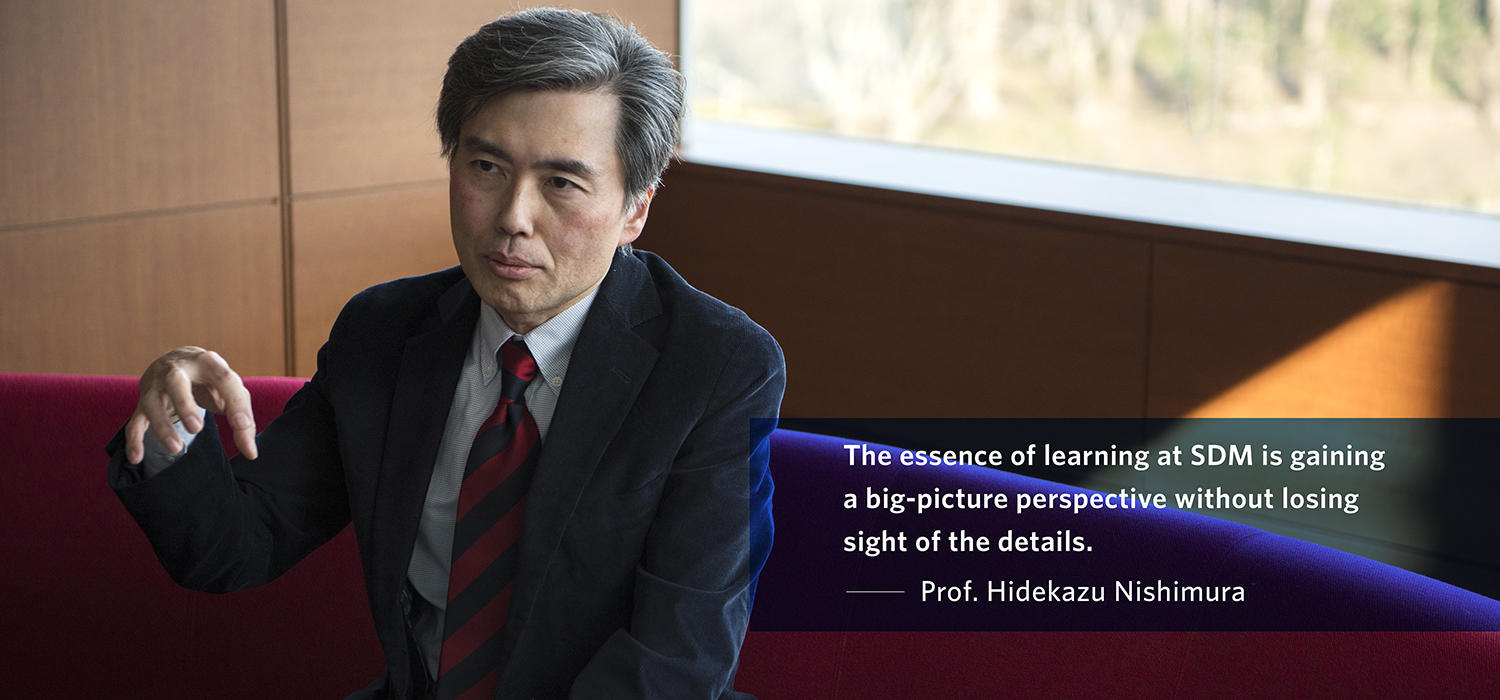
Professor Hidekazu Nishimura has been teaching at SDM for a decade. We spoke with him at a time he says is a turning point his career, about his longstanding passion for systems engineering and his future aims for the field.
Profile
Hidekazu Nishimura
Professor, Graduate School of System Design and Management (SDM), Keio University
Prof. Hidekazu Nishimura received a Ph.D. from Keio University Mechanical Engineering at the Graduate School of Science and Technology in 1990 and has been at SDM since its establishment in April 2007. His fields of specialty include model-based systems engineering (MBSE), safety control systems design, universal design, and environment symbiotic systems design. He is the author of Fundamentals of Control Theory using MATLAB (Tokyo Denki University Press) and has translated A Practical Guide to SysML into Japanese. He is also a fellow of the Japan Society of Mechanical Engineers.
The Big Picture Is Paramount. But the Devil Is in the Details.
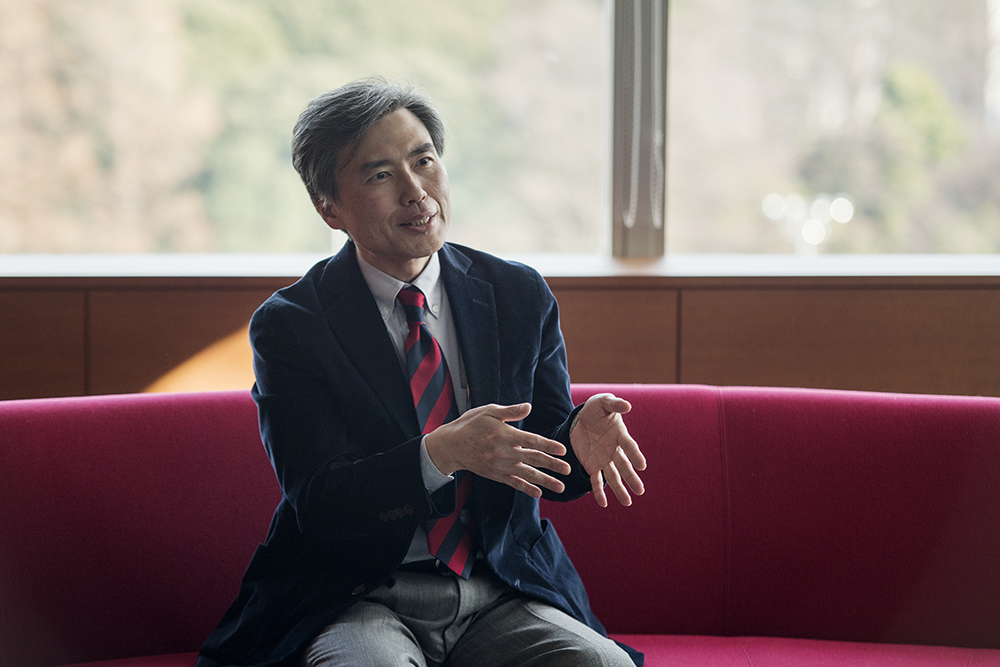
I've been researching and teaching systems engineering at SDM for ten years now, mostly on research related to cars, a passion of mine—most recently examining car safety when driving in real traffic environments. Many automakers focus solely on technologies that detect pedestrians and cyclists to avoid hazard. My research, on the other hand, begins by looking at the relationship between automated driving vehicles and the outside environment. We first clarify what type of road environment that car is in and what type of "actors" are on the road (including pedestrians, bicycles, motorcycles, and drivers). We also explore what kind of safety features automated driving vehicles should have.
At SDM, it is important that research focuses not only on technology itself. While delving deeply into technological research is important, you can gain a new awareness of fundamental issues when you step back and look at the surrounding context. Your perspective greatly expands. Even with our automated driving vehicle research, we started by looking at the bigger picture and asking ourselves the question: "Is there something we may still be missing?" That expanding of perspective is very important—and very SDM—to me. It is a universal lesson that I think can be applied to communication with people each and every day.
Of course, close attention to details is just as important as looking at the big picture. I love the expression "the devil is in the details." You need to see forest for the trees, and also the trees for the forest. The ability to shift freely between the whole and its parts is what makes SDM great.
Teaching and Learning Together—Every Day an Exciting Exchange
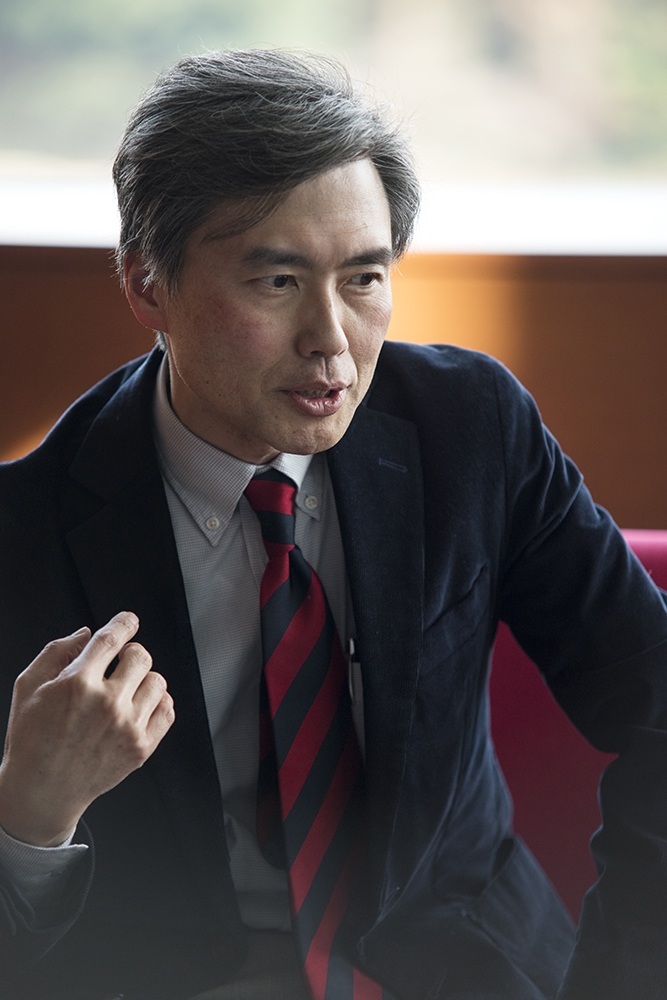 I teach a mandatory course on "system architecting and integration", where students gain various perspectives of scope—everything from the big picture to the subtlest of details.
I teach a mandatory course on "system architecting and integration", where students gain various perspectives of scope—everything from the big picture to the subtlest of details.
The part of system architecting informs an architectural perspective that is essential to building products and services. While it is generally difficult to define the word "architecture" in Japanese, in our SDM program we first clarify what products or services and to whom we provide, and in what environments they will be used. Further, we analyze and synthesize what functionality and capabilities are required, what functions are necessary in system behavior, what components are needed to realize those functions, and what relationships exist between each component. One goal of these courses is to define what we mean by architecture.
The benefit to defining architecture is the ability to review it, as explained above, to effectively find the root causes of problems that arise when building a product or service and when taking it to market. You can also find out how best to deal with issues and prevent them from occurring. A good definition of architecture can provide personnel with the ability to respond appropriately to each stage when manufacturing products and deploying services. And that's precisely because system architecting includes both a big-picture perspective and a close attention to detail.
"Integration," covered in the second part of the course, is the opposite of decomposition. A system is decomposed into parts in architecture, where the relationships are defined between the parts. In integration, those parts must be assembled back together and function as a whole. Learning how best to integrate system elements is the real joy of "integration".
I also teach advanced courses on system conceptual design and model-based systems engineering utilizing Systems Modeling Language (SysML).
SDM is home to many students coming back to school after successful careers, so faculty and students take turns learning from one another, depending on the course content. In fact, I myself often learn with and from my students. This is the Keio way—called hangaku hankyo—a term used at Keio to mean "teaching each other, learning from each other." It is both exhilarating and rewarding to share these eureka moments with students.
Spreading Systems Engineering For a Better Tomorrow
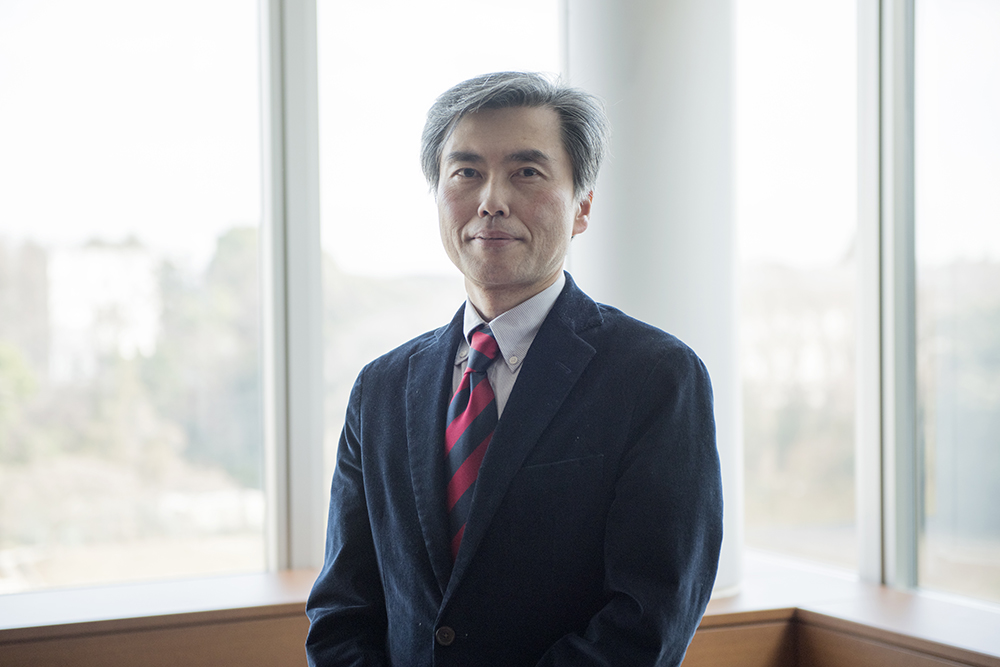
It has been a decade since I started teaching at SDM. With just eleven years until retirement, I'm at a turning point in my career. From here on out, I'd like to more widely spread intelligence about systems engineering. I believe that will lead to the betterment of Japan and, by extension, of the world.
That's why I'd like to send out an admissions invitation to technical professionals concealing ambition for progress. The answers you seek may just lie in systems engineering. SDM graduates gain a firm grasp of systems engineering and can apply their knowledge to solve all kinds of issues. In the process, they will convey the utility of systems engineering to those around them and to broader society. And that is what will continue systems engineering to spread and lead to a better society. At least that's what I think.

